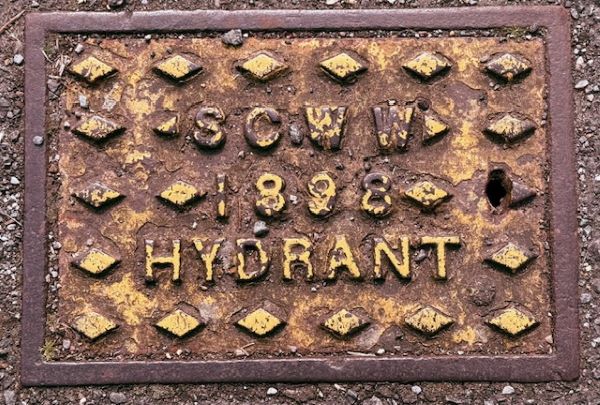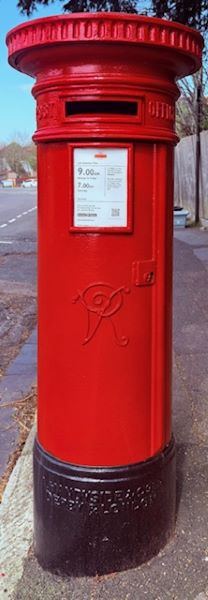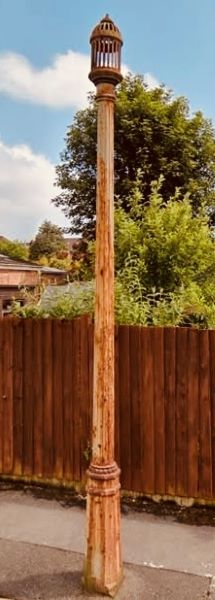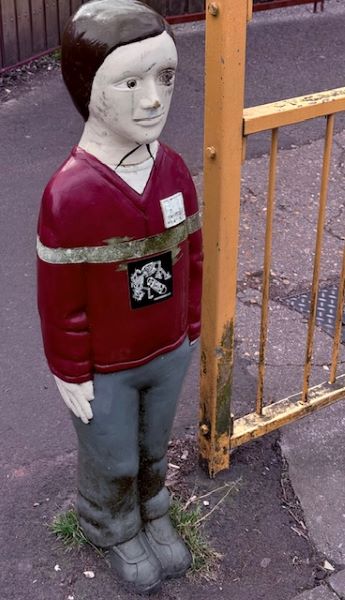When I was a child, I loved the I-Spy series of books. About forty titles were published from the 1950s until 2002. Typical titles were I-Spy Cars, I-Spy Churches, and I-Spy Birds. You collected points with more gained for unusual finds.
It was a wonderful way to get young people to notice the world all around them. The seed that was planted then has remained with me throughout my life.

Southampton once owned and ran its public services for the benefit of its citizens rather than shareholders, and dated its water and gas covers.
SCWW stood for Southampton Corporation Water Works. The earliest we have found so far is from 1865 and the latest is 1954.
Why Southampton chose to add a date is something of a mystery and maybe unique to our city. In January, an 1896 one in Bugle Street was replaced. Southern Water were contacted and are to donate it to the museum service.
I am currently involved in a project to photograph and digitally map these dated covers. Over a hundred and forty have been found to date.
Nowadays, use of mobile phones is near universal, but people once had to use public telephone boxes. Some red boxes survive but may have been repurposed. The ones by Castle Lane are now a mini art gallery. Others by La Regatta restaurant near Town Quay are a popular photo opportunity for visiting tourists. Ones by Romsey and Netley railway stations appear to still be in use.

Lucy Boxes remain from the days when Southampton had an electric tram system, which ran from 1900-1949. Their name comes from the company that made these electric supply boxes at the Lucy foundry on Oxford. There is one opposite the Cowherds pub on the Avenue.
Post boxes were first introduced in the mid-19th century during the reign of Queen Victoria (1837-1901). They were originally green and became red from 1874. There are still a few remaining with the VR insignia, which stands for Victoria Regina. This one is in Westrow Road. There also VR ones at Toothill between Rownhams and Romsey and at Eling, near Totton.

Ones with GR on them are from the reign of George V (1910-1936). They do not have the V, meaning five, on them as he was the first King George since the introduction of post-boxes. Later ones during the time of George VI (1936-1952) display GR and have the VI insignia to differentiate them from George V ones. This convention did not apply to Queen Elizabeth II. Her cipher is on ER post-boxes even though Queen Elizabeth I died in 1603 long before they were introduced.
The rarest of all post boxes are ones from the brief reign of Edward VIII during 1936 before he abdicated to marry Wallis Simpson, an American double divorcee. Around 170 remain and the only one in our area is on Alresford Road, Winchester outside the Golden Lion pub.

Stink pipes are tall, hollow vent pipes that were part of the Victorian sewer system. They became obsolete due to changes in public sewage processing systems and several remain.
Other 19th century relics are boot scrapers such as this one in Portland Street.
And fire insurance signs.
Local road signs were updated by the local authority in the 1990s. However quite a few old-style ones remain, often high up.
School pupil mannequins, named Billy and Belinda, were placed outside primary schools by Southampton City Council to promote safe road crossing places. I do find them odd.

Not every example of street furniture is from the past. In recent years, tall 5G communication masts have become part of the streetscape.
If you would like more information on the above the Southampton Street Furniture Facebook page is worth a look.
So, my advice to you is… ‘Look Up Look Down and Look Around.’
You never know what you might spy hiding in plain sight!
- In Common is not for profit. We rely on donations from readers to keep the site running. Could you help to support us for as little as 25p a week? Please help us to carry on offering independent grass roots media. Visit: https://www.patreon.com/incommonsoton

